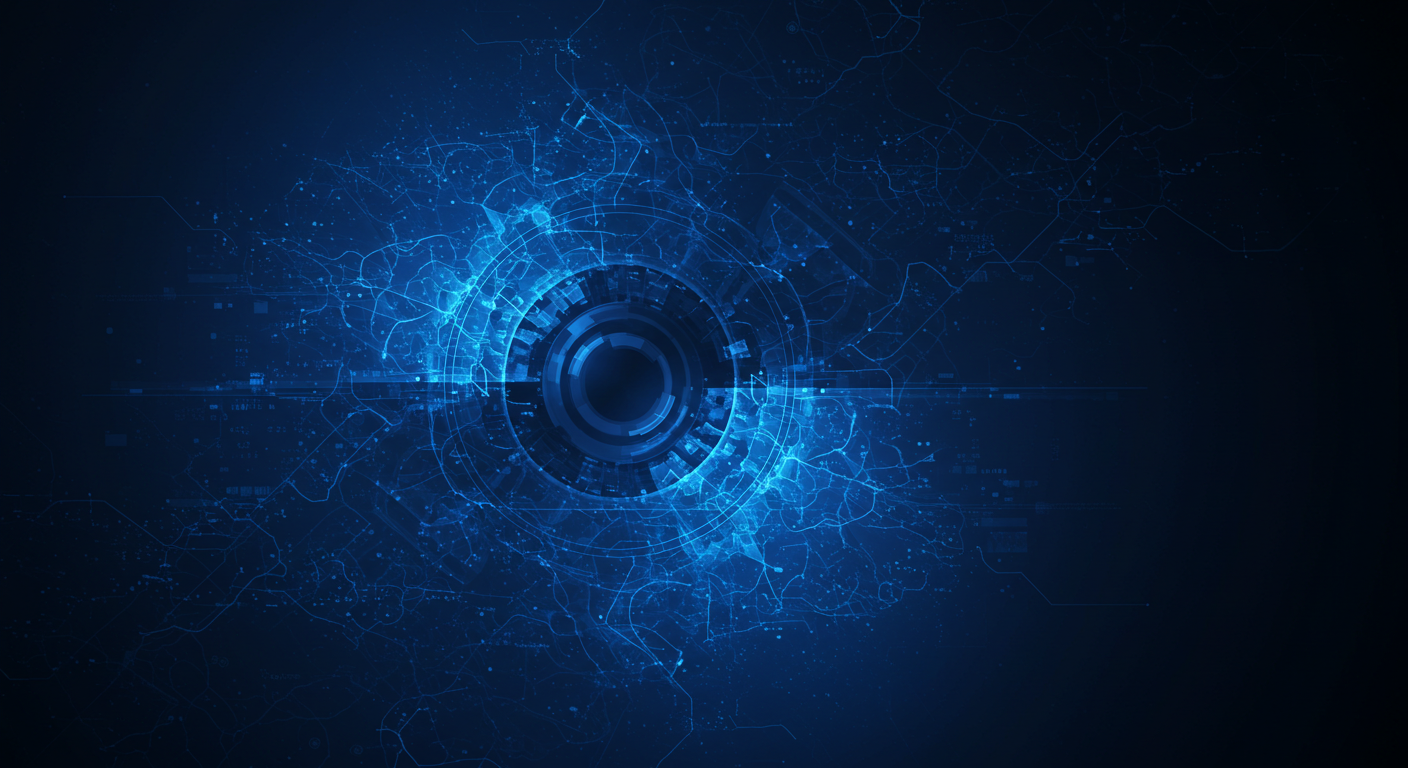From June 22 to 28, 2025, there were many news reports on AI (Artificial Intelligence) around the world. Among them, we have carefully selected topics that are particularly applicable to the manufacturing industry and summarize the latest information that will be useful for future improvements in the workplace and business strategies. This article details the progress of AI technologies that are increasingly being used in manufacturing, including AI robotics, predictive maintenance, image recognition, generative AI, and supply chain optimization, as well as specific examples and the effects of their introduction.
1. frontiers of AI robotics – evolution of humanoids and cobots
This week, the news that attracted the most attention was the news that Nvidia and Foxconn are moving full steam ahead with the implementation of humanoid robots at their new AI server factory in Houston, U.S. Nvidia’s AI technology and Foxconn’s production know-how will be combined to autonomously perform a wide variety of tasks in the factory. The implementation of humanoid robots has become a reality. This is expected to enable not only simple tasks, but also to provide flexibility, address labor shortages, and even reduce costs.
Industrial collaborative robots (cobots) have also evolved remarkably: AI-equipped cobots have improved their ability to work in cooperation with humans, enabling AI cobots to take on complex processes and safety-critical tasks that were previously only possible by humans. This has increased the flexibility of the workplace, allowing for quick response to line changes and high-mix, low-volume production.
2. AI Predictive Maintenance – Aiming for Zero Outages
AI predictive maintenance technology is now an indispensable tool for improving manufacturing workplaces. In this week’s news, it was reported that an AI predictive maintenance system using machine learning can analyze equipment sensor data in real time and predict signs of failure with up to 92% accuracy. This has prevented sudden equipment stoppages, reduced maintenance costs, and improved uptime.
In fact, major companies such as ABB and Nissan have successfully implemented AI-based predictive maintenance systems to significantly reduce downtime and repair costs. IoT sensors are also being used in conjunction with IoT.
3. AI image recognition – automation and advancement of quality control
AI machine vision can detect minute defects and abnormalities in real time that are often missed by conventional human visual inspection, preventing the outflow of defective products and reducing inspection costs. This helps prevent defective products from escaping and also contributes to cost reductions.
Of particular note is the proliferation of on-premise AI machine vision. This has the advantage of maintaining stable operation of production lines, as inspection systems continue to operate even during network failures. In the future, AI image recognition technology is expected to become standard equipment at manufacturing sites, further advancing quality control.
4. generative AI – innovation in design and prototyping
Generative AI is revolutionizing the field of design and prototyping, capable of automatically generating hundreds of design alternatives in a short period of time, taking into account parameters as diverse as material efficiency, structural strength, and ease of manufacture. This reduces prototyping time by up to 70%, simultaneously reducing design costs and enabling product innovation.
Major IT companies such as Apple and Meta have also released their latest image and video generation AI models, and their applications are expanding to include automatic generation of design images and promotional materials in the manufacturing industry. In the future, design automation using generative AI will greatly increase the speed and quality of product development.
5. supply chain optimization – AI brings holistic optimization
AI is also a major force in optimizing the entire supply chain. This week’s news featured a case study in which AI improved demand forecasting accuracy by 85-95%, enabling real-time optimization of inventory management and logistics; AI also dynamically selects routes and predicts risks based on historical data and market trends, making the entire supply chain more efficient and flexible. The company is now able to respond flexibly and efficiently to the entire supply chain.
This has led to significant management benefits, such as reducing the risk of excess inventory and shortages, as well as logistics costs. For companies with global supply chains, overall optimization through AI will be key to strengthening competitiveness.
6. case studies of major companies introducing AI and its effects
Practical examples of AI implementation reported this week include efforts by Nissan, ABB, and Samsung.
- Nissan uses AI in a wide variety of areas, including AI robots to improve EV assembly accuracy, AI quality inspection, supply chain optimization, and energy management, to improve production efficiency and quality.
- ABB is driving automation and efficiency on the shop floor with AI-powered robots to increase productivity, AI predictive maintenance, quality inspections, and a 15% reduction in energy consumption.
- Samsung is also using AI for automated assembly, quality inspection, supply chain management, and environmental impact reduction, all with sustainability in mind.
These examples show that AI technology is more than just an efficiency tool; it is a strategic weapon that can enhance a company’s competitiveness and sustainability.
7. summary of the week and future outlook
Summarizing AI-related news for the fourth week of June 2025, it is clear that AI adoption is rapidly advancing in the manufacturing industry, with AI becoming the “new standard” in all areas, including shop-floor automation, predictive maintenance, quality control, design and prototyping, and supply chain optimization.
In particular, technologies that dramatically increase productivity and flexibility in the field are being commercialized one after another, including the introduction of humanoid robots by Nvidia and Foxconn, the evolution of AI cobots, advanced AI image recognition, generative AI design automation, and AI optimization of the entire supply chain.
In the future, along with the evolution of AI technology, the manufacturing industry will enter a new phase of “co-creation between humans and AI. Proactive use of AI is essential for companies seeking to enhance competitiveness, improve productivity, and achieve sustainability. This week’s developments indicate that AI will soon become the “standard on the shop floor” in the manufacturing industry, and we will keep a close eye on future trends.
Source List
- Nvidia and Foxconn’s plan to introduce humanoid robots
- Evolution of industrial collaborative robots (cobots)
- Widespread use and improved accuracy of AI predictive maintenance systems
- AI Predictive Maintenance Case Studies at ABB and Nissan
- Automatic Inspection Technology with AI Machine Vision
- Widespread use of on-premise AI machine vision
- Design Automation with Generative AI
- Examples of AI model use by Apple and Meta
- Demand Forecasting and Supply Chain Optimization with AI
- AI Use Cases from Nissan, ABB, and Samsung
*This article is based on AI-related news from around the world for June 22-28, 2025, summarized and explained with a focus on applications in the manufacturing industry.


